
The history of the Greek Beads Industry begins in Syros, in 1879 with the Ikonomopoulos family. In 1898, the Greek Embroidery Industry moved to Athens, to the plot of land at 38 Plataiaon and Sfakteria, where it operated continuously until the late 90s. In 1995, the property as a whole – the property with its mechanical and mobile equipment – was designated as a historical monument by the Ministry of Culture. Today, the Ministry of Culture is proceeding with the establishment of the “Museum of Embroidered Fabric“, in the building of the former Greek Embroidery Industry in Metaxourgeio. The “Mantiladikon” will function as a branch of the Museum of Modern Greek Culture.

Building of the former Greek Embroidery Industry
The Minister of Culture, Lina Mendoni, said: “The redefinition and development of Greek handicrafts as a form of modern productive activity, through the revival of traditional techniques, contributes to the national implementation of the UNESCO Convention for the Safeguarding of the Intangible Cultural Heritage, utilizing older techniques and knowledge, in the context of soft and innovative actions. The Greek Embroidery Industry is a valuable witness to the evolution of the art of stencil printing in Greece and the transition from stamping with woodblocks to the technique of silk-screen printing. The mechanical equipment and the objects that have been preserved – stones, unique designs, traditional recipes and handkerchiefs painted with the black, indelible colour of aniline – make up a unique traditional technical set that is preserved and highlighted holistically and with the use of modern visual aids. With the restoration and reuse of the building complex, adapted to its new functions and the rescue of its movable equipment, in addition to the museum use and the preservation of the traditional workshop, we are highlighting this original treasure with a modern view, which is both about the preservation of a traditional technique and about economy. The new cultural and museum space will be a hive of promotion and revival of the traditional technique in the production of stamped handkerchiefs, while the location of a new cultural cell in the historic centre of Athens contributes substantially to the upgrading of the wider area.”.
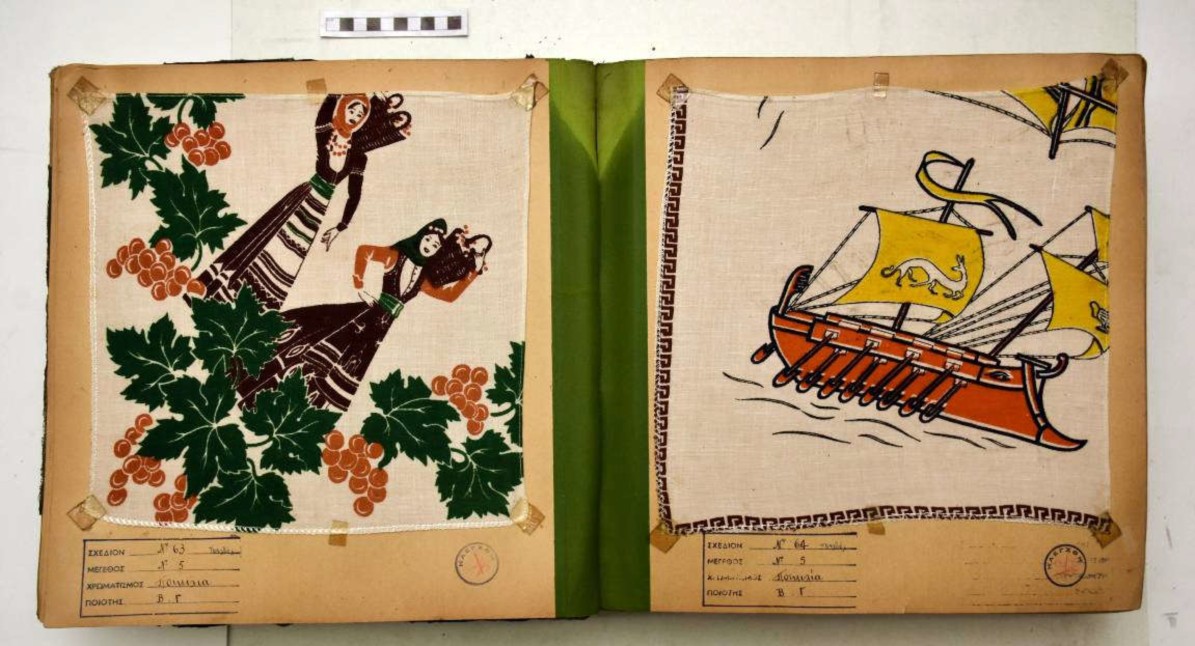
Fabric samples
The central idea that runs through the museological concept is the evolution of the art of stencil-printing in Greece, based on the narration of the history of the Greek Embroidery Industry, accompanied by parallel activities in the corresponding areas of the building complex. The majority of the physical exhibits of the museum exhibition come from the objects found on the site and which have been recorded and included in the collection of the Museum of Modern Greek Culture. The physical exhibits will be accompanied by original digital material, linking the history of craftsmanship with the present of the place, creating the conditions for the exploitation of the cognitive, historical, technical and visual heritage. The visitors’ route through the site is circular: The entrance is located on Sfakteria Street. The visitor’s tour continues in the semi-open-air space with the insitu mechanical equipment and continues in the mainly covered permanent museum exhibition and the areas of multiple activities. The exit is through the sales area.
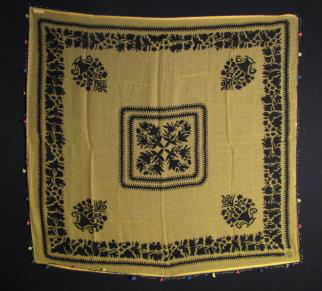
The exhibition is divided into seven sections, including the reception, the history of the craft and its commercial activity, the presentation of the production methods, the raw materials, the mechanical means and the building shell, the history and uses of the handkerchief, and finally an extensive reference to the designs of handkerchiefs. It is particularly interesting that special reference is made to the motifs created by Yannis Tsarouchis, at the instigation of Dora Stratou.
Provision is also made for the creation of:
- A tactile route to allow access to the museum by visually impaired people, with 3D floor plans of the building and work areas, embossed designs of handkerchiefs and information written in Braille,
- Shop, with objects inspired by the Museum’s exhibits and motifs,
- Textile crafts workshop and educational programs, a multi-purpose room for lectures, art and fashion events,
- Space for researchers,
5. Dining Area,
- Screening area (films, documentaries), on the terrace.

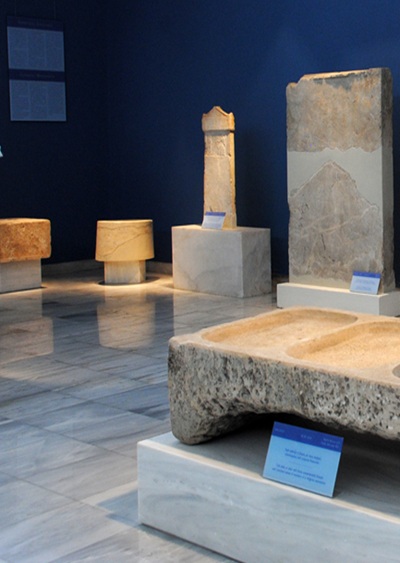
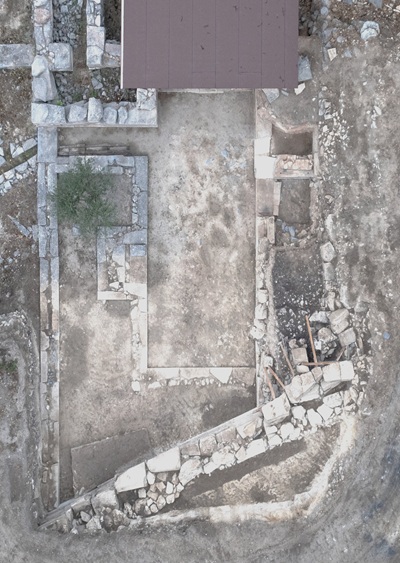
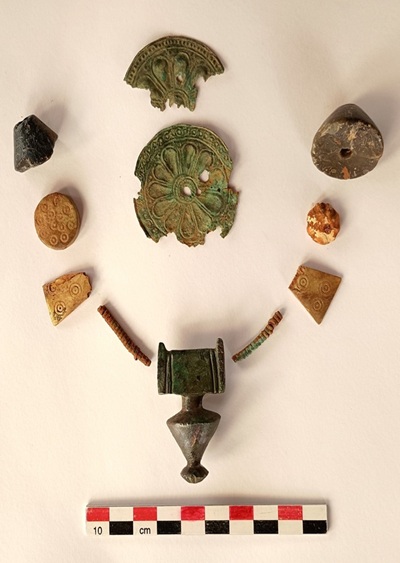
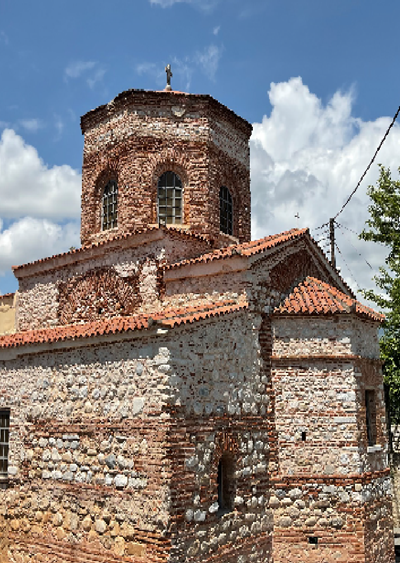


Leave A Comment